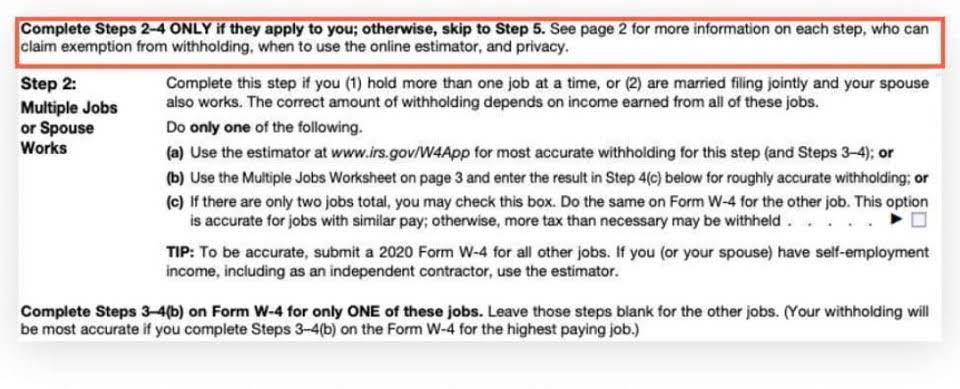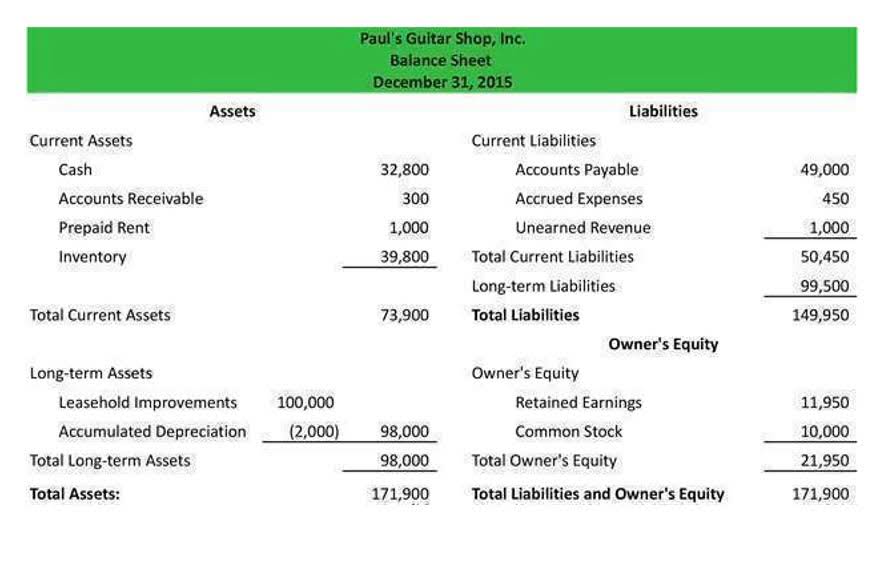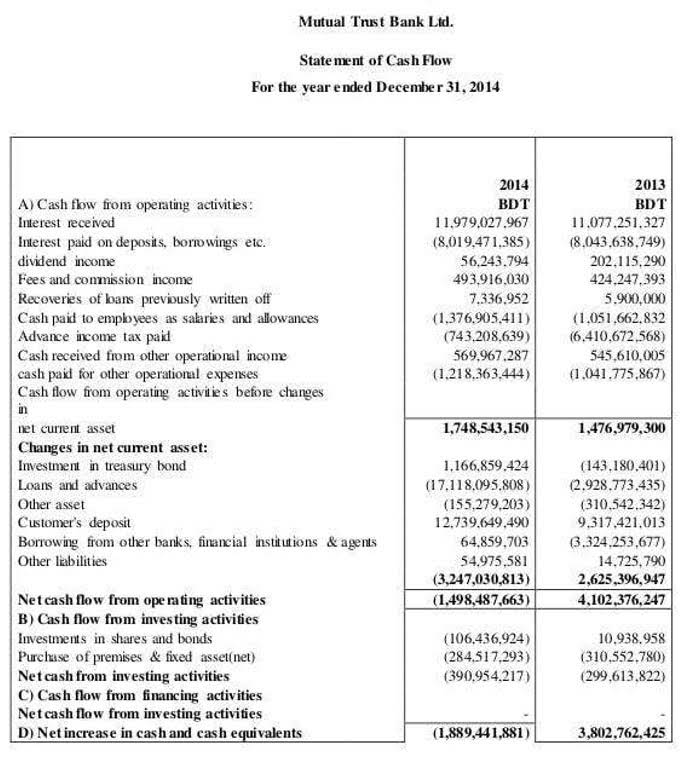
With SAP or other similar ERP systems, companies can streamline and integrate their business processes to improve efficiency and decision-making. These systems provide a centralized database where different departments can access real-time information, enabling better visibility into the organization’s overall operations. Enterprise resource planning (ERP) systems have emerged as the core of successful information management and the enterprise backbone of organizations. The difficulties of ERP implementations have been widely cited in the literature but research on the critical factors for initial and ongoing ERP implementation success is rare and fragmented. The classification of these factors into the respective phases (chartering, project, shakedown, onward and upward) in Markus and Tanis’ ERP life cycle model is presented and the importance of law firm chart of accounts each factor is discussed. ERP stands for “Enterprise Resource Planning” and refers to a type of software or system used by a business to plan and manage daily activities such as supply chain, manufacturing, services, financials and other processes.
What does ERP stand for in accounting?
- Large enterprises have historically preferred on-premises ERP, mostly because they had more resources — time, people and money — to implement and maintain the complex systems.
- Even a small happening in some remote corner of the world might bring it disaster.
- Imagine a world where businesses can seamlessly integrate their operations, access real-time data for informed decision-making, and streamline department processes.
- Usually organized into modules, ERP is particularly useful in large enterprises with complex, cross-functional business processes.
The cost of the system can vary widely depending on the size and complexity of the business. The modern ERP System provides openness and flexibility and can easily integrate with various product suites using connectors or custom adaptors like the application programming interface or API. Hence, it is important to weigh the benefits and probable hurdles before determining if ERP aligns with your business needs. Other prominent vendors include Epicor, IFS, DELMIAWorks (formerly IQMS), Plex Systems, QAD, Syspro and Unit4. Several vendors are popular with SMBs, notably Acumatica, Sage Intacct and Oracle NetSuite, the SaaS ERP pioneer. Built for the digital age, today’s ERP cloud embraces mobile, social, analytics, and the latest emerging technologies.
Cloud ERP
Meanwhile, ERP technology was evolving to embrace the internet, with new enterprise resources definition features and functionality such as embedded analytics. As time went on, many organizations discovered that their on-premises ERP systems couldn’t keep up with modern security demands or emerging technologies such as smartphones. Remember that ERP trends show a surge in digital transformation within organizations – embracing this technology can lead to improved productivity and growth. Resistance to change is another common challenge encountered during ERP implementation.

ERP deployment models: From on-premises to the cloud

Therefore, it is essential to set realistic timeframes and goals for implementation and ensure everyone involved knows their expectations so that the process goes as smoothly as possible. This dynamic system fosters the fluid exchange of data across all business domains, fueling the engine of efficiency and driving informed decision-making. Discover business process automation solutions that deliver intelligent automations quickly with low-code tooling. cash flow Some companies are reluctant to put such mission-critical systems in the cloud for a variety of reasons, including perceived security risks or loss of data control.
This integration enables businesses to synchronize customer information, such as contact details, purchase history, and communication logs, between ERP and CRM systems. ERP software also provides total visibility, allowing management to access real-time data for decision-making. ERP also ensures that these data fields and attributes roll up to the correct account in the company’s general ledger so that all costs are properly tracked and represented. Suppose companies need to use seven different systems to automate their workflow and production. In that case, employees need to learn (and toggle between) multiple software tools to complete a simple task.

- Each of these modules collects and stores data on the company’s activities, then uses this data to automate and simplify these processes.
- They can automate processes that used to require heavy manual intervention, such as reconciling financial accounts.
- The “R” in ERP refers to the critical resources, notably materials, people, equipment, energy, and cash, to accomplish the work that needs to be done.
- The term “ERP” can be traced back to earlier manufacturing resource planning (MRP) and MRP II systems.
- Definitions vary, but midmarket is generally defined as companies with several hundred employees and annual revenues between $50 million and $1 billion.
These processes covered supply chain management, customer relationship management, and human resources management. Another important function of supply chain and logistics modules is their support for advanced planning and optimization processes, such as demand forecasting, inventory optimization, and transportation planning. Enterprise resource planning software can help you optimize your business processes into one central process, saving your company time and money. Get to know tools and software that can help you land a fulfilling career in cloud-based operations and strategy.
